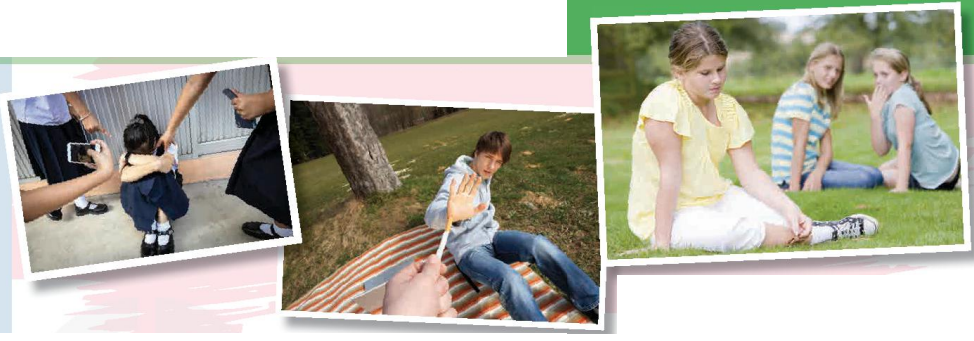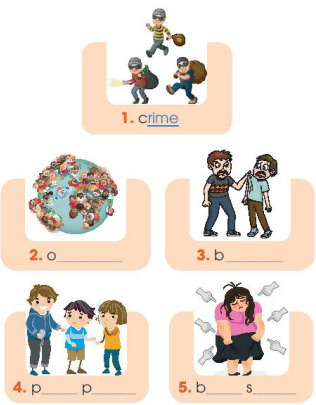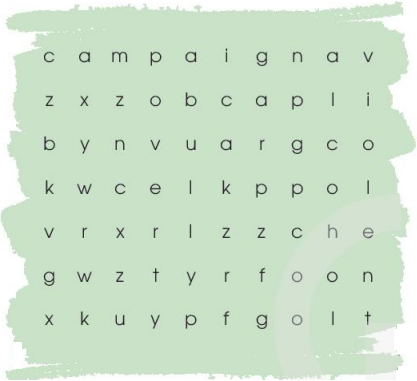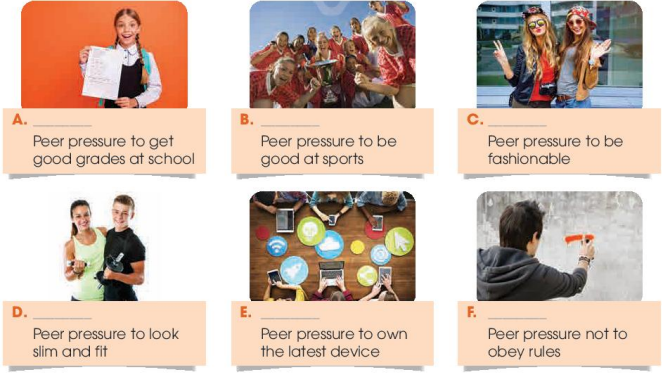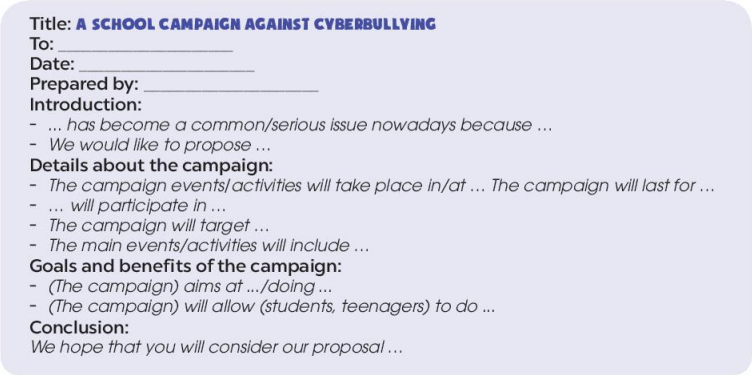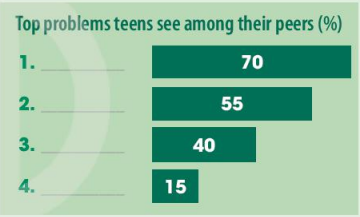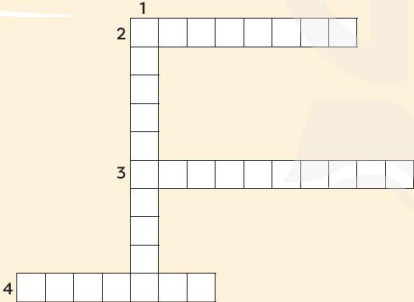Giải SGK, SBT Unit 9. Social issues Global Success
Giải SGK, SBT Unit 9 Global Success
2. Who suggests the following ideas? Tick (✓) the correct box.
(Ai gợi ý các ý sau? Đánh dấu (✓) vào ô đúng.)
|
|
Mark |
Mai |
Nam |
|
1. Issues that have an effect on many people in the city. |
|
|
|
|
2. Problems that have a direct impact on teens. |
|
|
|
|
3. An issue that teens face in their everyday life. |
|
|
|
2. Read the article. Match the highlighted words and phrases with their meanings.
(Đọc bài báo. Nối các từ và cụm từ được làm nổi bật với ý nghĩa của chúng.)
Teen's life
I don't want to be the odd one out!
"My parents don’t want me to hang out with my friends from school. They think those friends have a bad influence onme. They aren’t happy that instead of going home after school, we go to games centres to play video games. But I think it’s fun, and! don’t want to lose my friends," Thanh, 17.
“One day I coloured my hair and painted my finger nails. My parents got so angry with me. I know that this is not allowed at school, but all the girls in my group of friends did the same. I don’t want to be the odd one out!" Van, 16.
[ A ] The emails we have received from teenagers this week point to the effects of peer pressure, which is when you do things because you want to be accepted or valued by your friends. If teens fail to do what their group of friends want them to do, they may not be accepted or may even be bullied.
[ B ] In many cases, peer pressure can lead to depression, low self-confidence, distance from family and poor school performance. It can also lead to bigger social issues. It was reported that 70% of teenage smokers surveyed in the US said that they started smoking because they had friends who were smoking.
[ C ] It is not always easy to stand up to peer pressure, but sooner or later you need to decide what is best for you. Choose the right friends, learn to say no when you don’t feel comfortable and don’t hesitate to talk to an adult when the situation looks dangerous. And remember it’s sometimes OK to be "the odd one out".
|
1. hang out |
a. a belief in your own ability to do things well |
|
2. pressure |
b. the state of feeling very sad and without hope for the future |
|
3. depression |
c. the act of trying to force someone to do something by arguing, persuading, etc |
|
4. self-confidence |
d. to spend a lot of time in a place |


